By David Porteous
If a certain brand of lager made websites for car dealers, what would they look like? The ‘perfect’ website would probably provide flawless functionality, relevant and regularly updated content, and a unique experience for every visitor.
The reality is very different. According to one recent survey by Autotorq, 22% of consumers changed the dealership they intended to use because the website did not match their expectations. On the digital forecourt, as in life, you never have a second chance to make a first impression.
For providers of digital services to motor retailers, the first objective is to help clients attract visitors to their websites.
“Unique content is the key,” said Steven Jones, Autotorq’s director of digital strategy. “Google comes back to websites that have a lot of content that changes regularly and this does not mean just broadcasting sales offers.
“You can keep content fresh with blogs and articles that tell people about your staff, what you do to support your local community, and anything else that goes on at your dealership.
“People today are still in the habit of buying locally and in the past 12 months the rate at which consumers are searching for a brand near to them has doubled. They are increasingly looking for a local experience and the more content you can create about your brand in your locality, the more you are satisfying that need.”
Dealers often neglect to devote resources to generating so-called first-party leads, that is, using social media and search engine optimisation (SEO) to elevate their site’s rankings in natural searches. Instead, they invest in paid advertising.
“Many dealers are obsessed with Google AdWords and are pouring money into it,” said Jones. “It gets results, but they are not investing in their first-party leads. If you look at a big dealer group, you might find just a single page dedicated to that brand for somewhere like Cambridge or Lincoln.
“If your website appears at the top in natural searches, you will generate up to five times more traffic than you will with paid advertising”
Steven Jones, Autotorq
“The more local content you create, the more traffic you are going to attract through SEO. And if your website appears at the top in natural searches, you will generate up to five times more traffic than you will with paid advertising.”
Once consumers land on a dealer website, their experience is often mixed. Terry Hogan, co-founder and director of Motoring.co.uk, said: “Large dealers’ websites are generally really good at helping people to buy cars and run them. There’s usually a full suite of services.
“Featuring clear navigation, good mobile presence and relevant and straightforward calls to action, these dealer groups are usually much better for offers and detail than the manufacturer sites. Medium-sized groups have also invested in good online presences, but smaller dealer groups that rely on a third-party templated solution or a version of the manufacturer site are between a rock and a hard place. Neither solution is optimal for SEO, for the user experience and particularly for flexibility.”
Tim Smith, group strategy director of GForces, said: “You see a lot of sites with really poor or missing images, which won’t convert people into interested parties. A major problem is lack of functionality, so having a responsive design is an absolute must in today’s market. Across our clients 60% of visits are made via either smartphones or tablets. A year ago it was just over 40%.
“You need to think about what content is displayed at the top of a page. Mobile users don’t want to read 200 words about the dealership, they want calls to action and easy navigation. Pushing written content down the page that a mobile viewer sees is likely to result in a greater dwell time and interaction rate.”
Finance calculators can give a real-time estimate of a vehicle’s worth and demonstrate the affordability of monthly payments under a PCP plan.
“Some of our clients with a car valuation widget are converting between 15% and 20% of those leads into a sale,” said Smith. “One franchise is reporting that it is converting 36% of leads going through its credit check system into sales. What’s more, some dealers say between 5% and 10% per cent of all visitors to their site will engage in a live chat, and at least 10% of these will be converted, too.”
This online interaction between dealer and consumer should not end when a vehicle is sold. Autoweb’s Rachael Ryder said: “Online booking functionality can contribute hugely to a franchise website’s success by driving aftersales. We have clients who have seen a big uptake in sales by offering people the convenience of scheduling servicing, booking MOTs or even hiring a rental car without having to phone or visit the dealership.
“An online tyre search facility can boost aftersales by providing customers with real-time information and linking through to online booking for fitting.”
GForces reported that some of its dealer clients are taking more than £200,000 a year in online service bookings.
Hogan echoed the importance of establishing aftersales communication: “If I am already a customer of that dealer how do I communicate with them? Where is my digital dashboard? How can I access it? When is my service or MOT due and how do I book it? These are the questions potential buyers or existing customers want answered.”
The ultimate goal of every dealer should be personalisation. Advanced analytics give a greater insight into how consumers interact with websites to build up a more complete profile of their habits and preferences than has been possible before.
With both consumer confidence and online searches on the rise, now is the time for retailers to take steps to deliver a personalised experience, according to Paul Humphreys, sales director for Manheim Retail Services.
“If you do a search for a new or used vehicle now, you will quite often end up on a generic home page.
“I think dealer websites will look significantly different in five years’ time. And they will provide a unique experience for each consumer. If I am looking to buy a people carrier and you are looking for a sports car, our online experiences should look and feel different because our needs are different.”

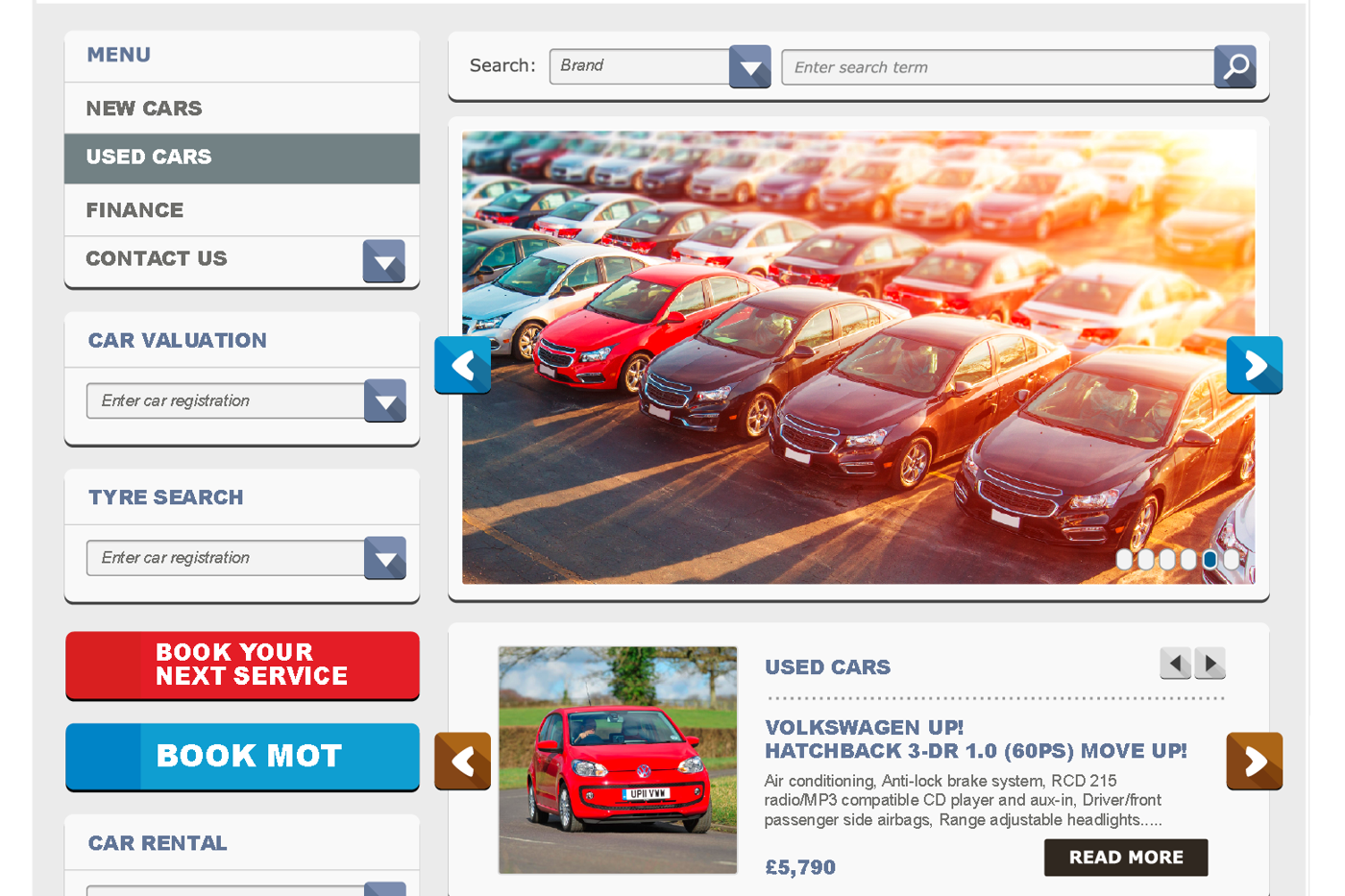







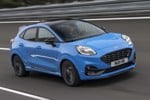
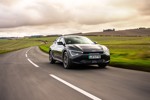


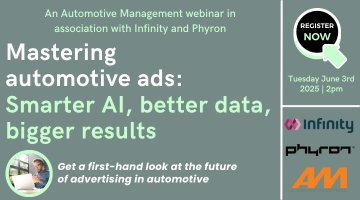


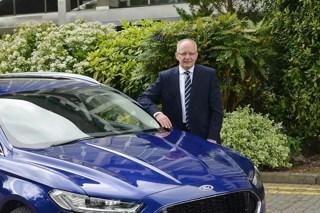
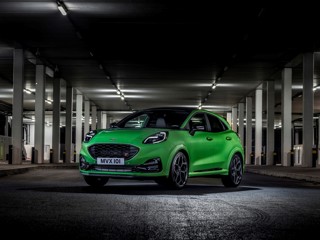
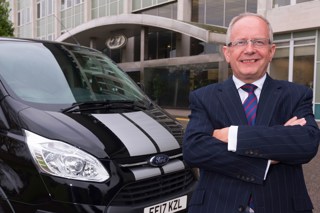
Neil Campbell - 10/11/2015 09:39
Perhaps you should consider an opinion from a globally recognised expert in web design, as the above mentioned contributirs don't understand website architecture, for if they did their own websites wouldn't be so poorly designed.